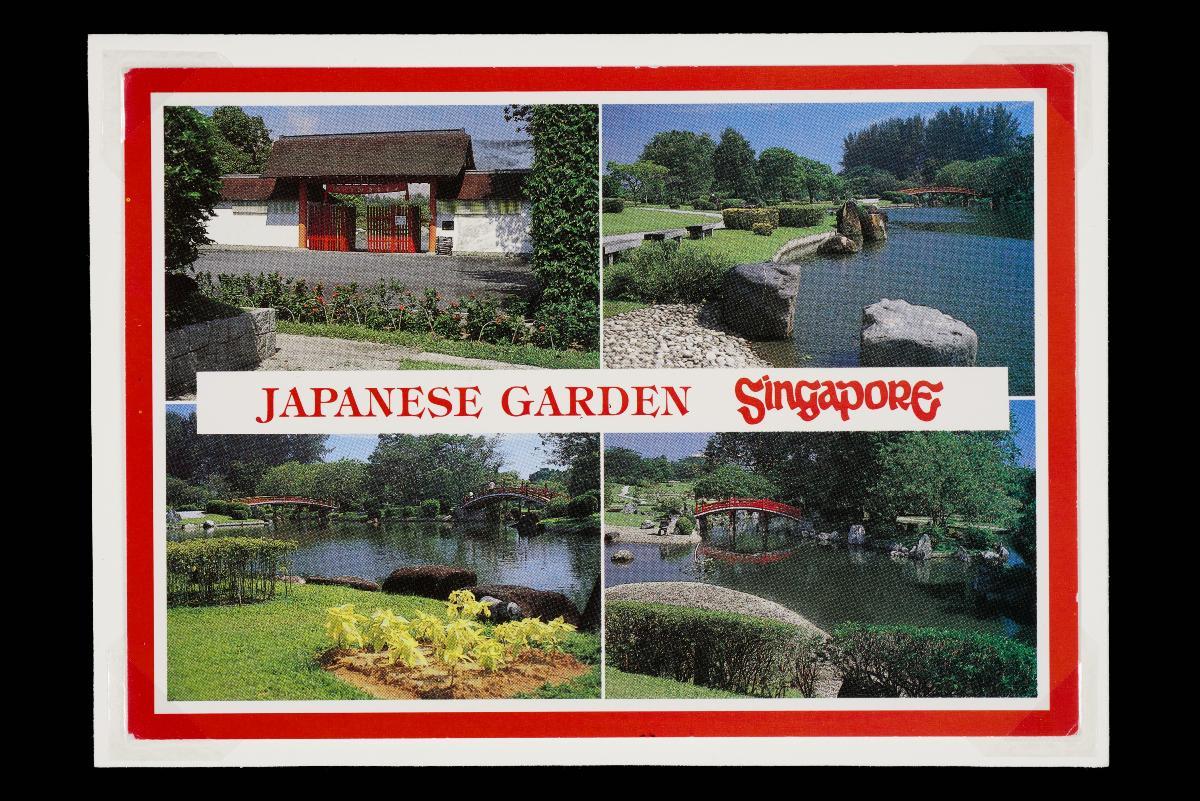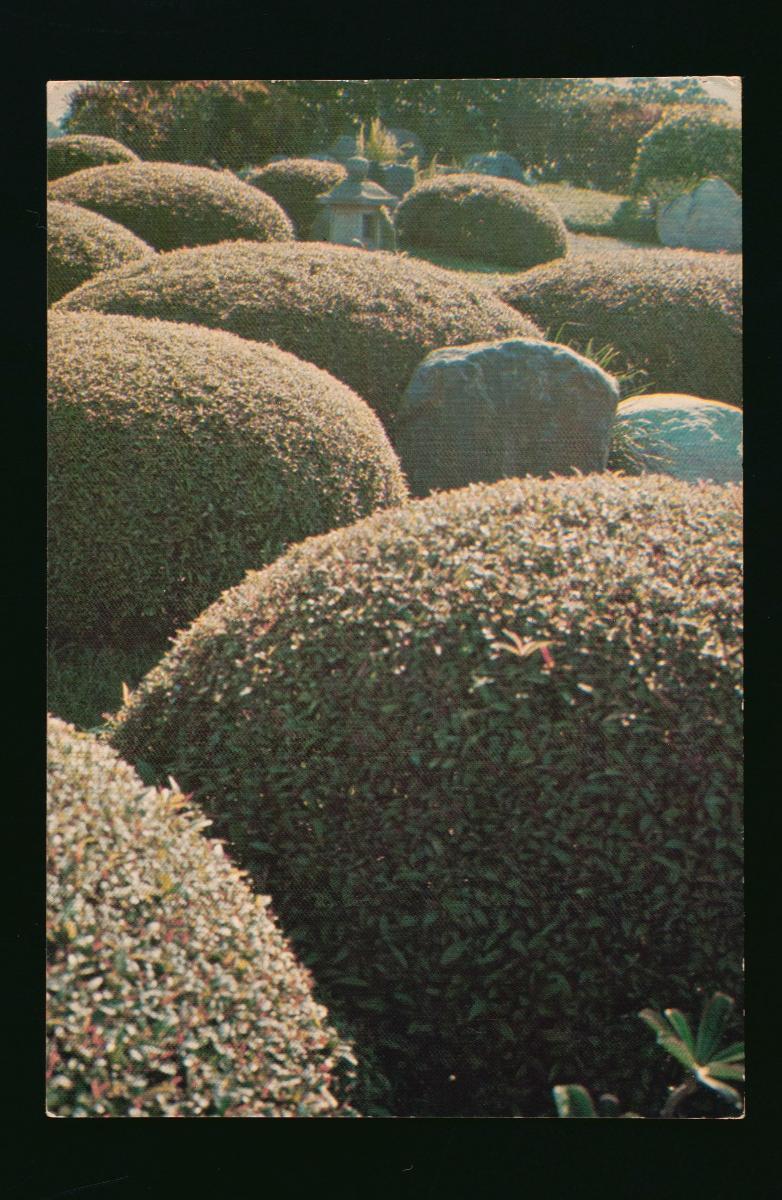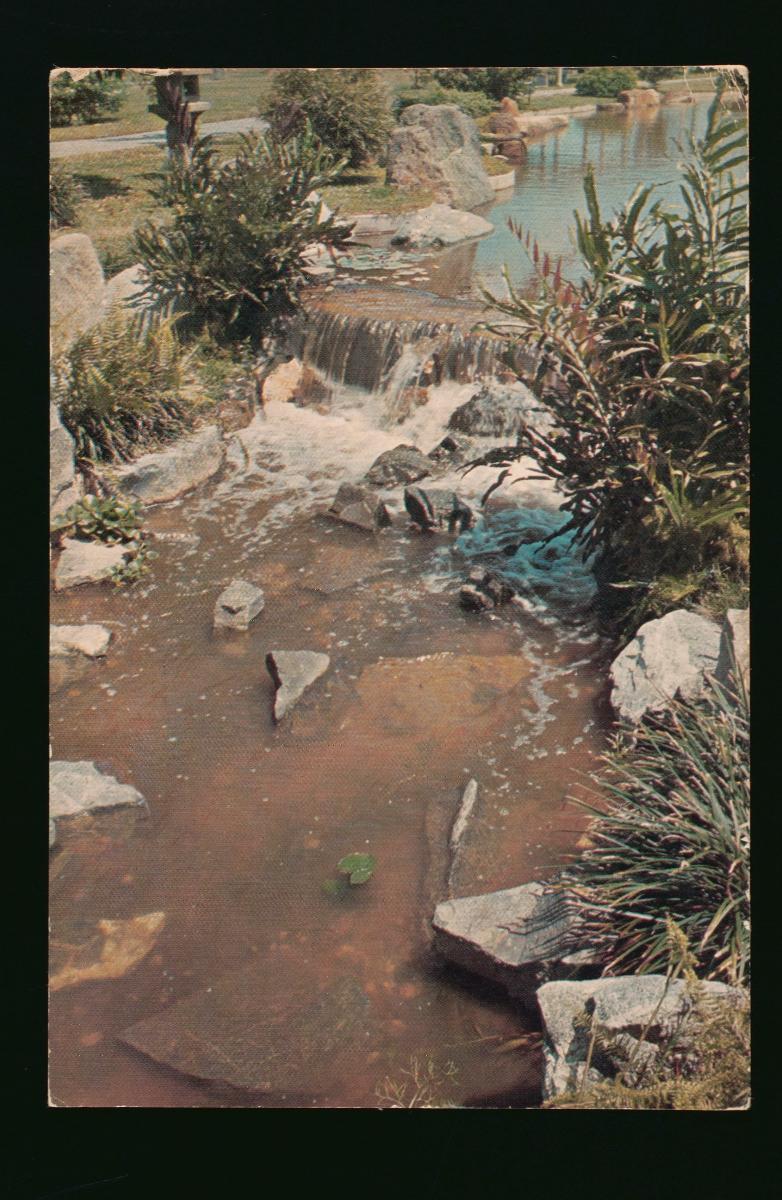The Seiwaen (Japanese for ‘Singapore’s Japanese Garden’) Japanese Garden was officially opened in February 1973 by then Minister for Defence Dr. Goh Keng Swee, who was responsible for initiating the project. Work on the garden began in May 1968 and was completed at a cost of $3 million with funding largely coming from the Singapore and Japanese governments as well as the local Japanese community. Situated on a man-made island in Jurong Lake, the 32-acre garden was designed by Professor Kinsaku Nakane, a renowned garden and landscape artist from Japan, to foster lasting peace and prosperity for Singapore. The garden was designed based on techniques used during the late 14th to 16th century in Japan when garden art was at its technical and aesthetic peaks. The garden had a total of 36 scenic spots, with notable landmarks such as: the 13-foot-tall Kasuga stone lantern that overlooked one of the garden’s two lakes; the Karezansui dry garden, which was a rock garden situated at the garden’s only entrance; four summer houses for visitors to rest in; seven bridges of different designs; and three waterfalls set against scenic backdrops.















